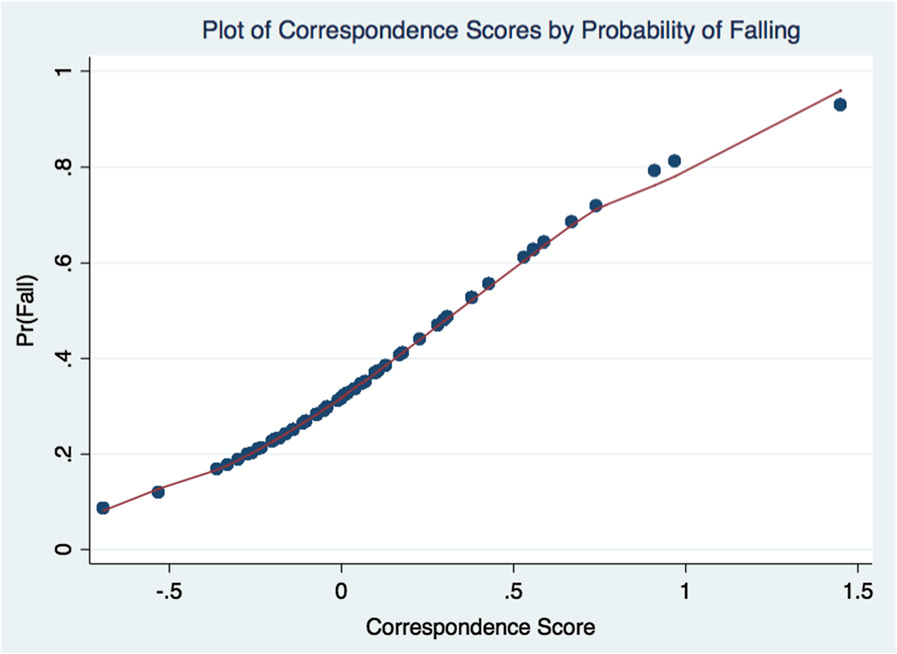impercia.com.br
Water- and Oil repellent for porous and absorptive wooden surfaces. Wood preservative and protection against wood-boaring insects. Building Construction.Wood treatment.Wood Pressure Treatment. Key ene ts: Simultaneously protects against oil and water absorption SurfaPore W Effective against wood-boaring Prevents warping
